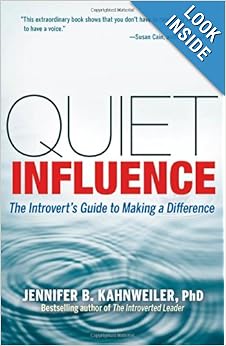Communicating your value to clients with Steve Lishansky
Focusing on your clients instead of your firm is something I hound my clients to do in their written communications. It’s also important in your sales conversations, as Steve Lishansky of Optimize International reminded me in his presentation, “Get Paid For Your Value: How to Attract, Win and Retain Clients Who Happily Pay You What You Are Worth,” to the New England Chapter of the National Speakers Association on March 8, 2014.
Steve told a story that made his point. Imagine you meet with two designers to redo your kitchen. One launches into a discussion of his great, technologically advanced tools. The other starts by asking, “What do you want to accomplish with your kitchen?”
Which designer would appeal more to you? Is there anyone who wouldn’t prefer the second designer?
Lishansky shared several questions that can help you connect with new prospects. They include the following:
- What’s the most important result you’re looking for?
- What are your biggest opportunities?
- What are your biggest challenges?
- What are the most important measurements you’ll use to gauge your progress and success?
These questions place you on the “same side of the table” as your prospects, as together you uncover what matters to them.
This discovery also helps you to justify your fees. As Lishansky said, “when people see a chasm, they’re willing to pay you for a bridge.”
Image courtesy of Photostock / FreeDigitalPhotos.net

